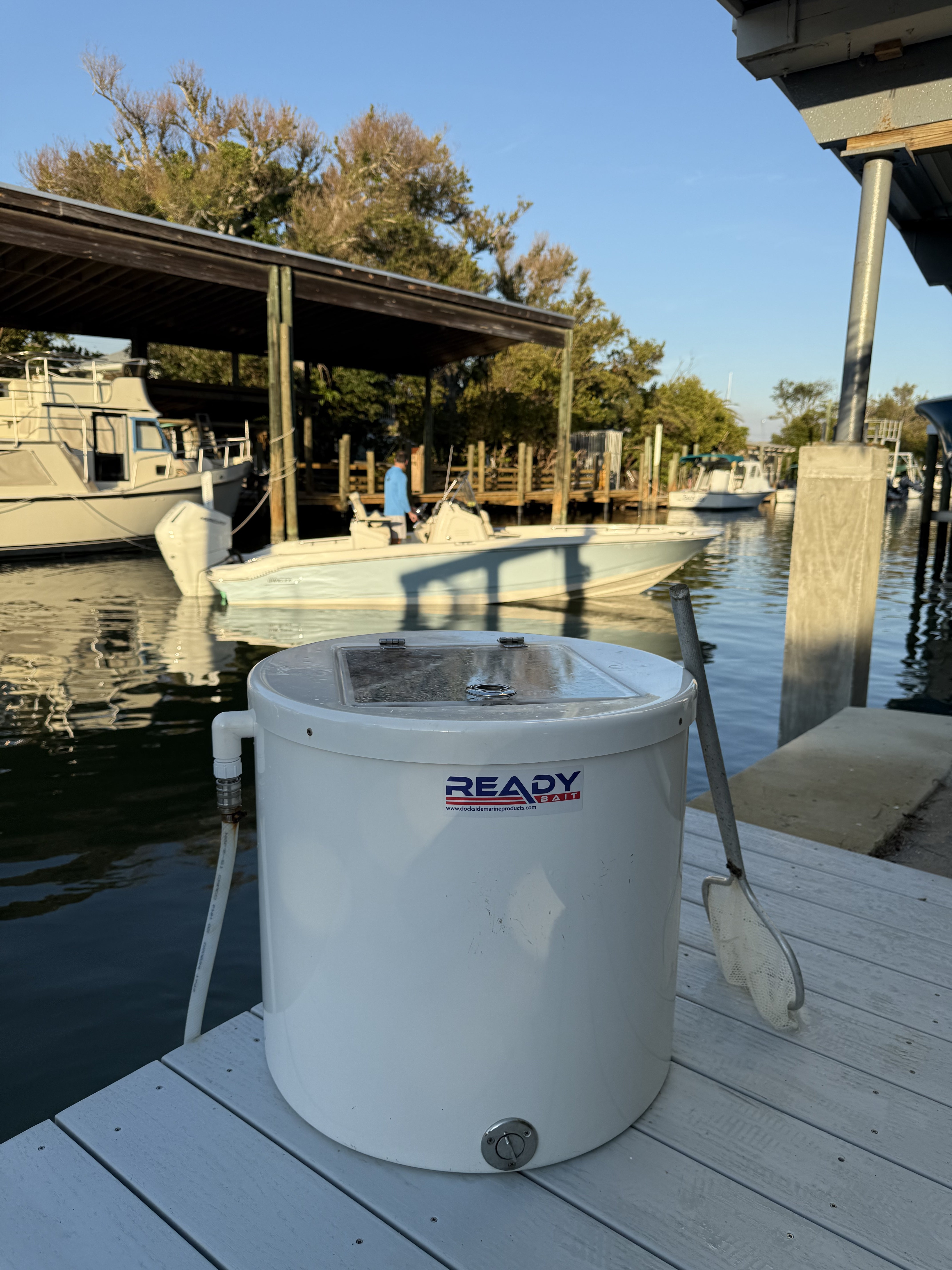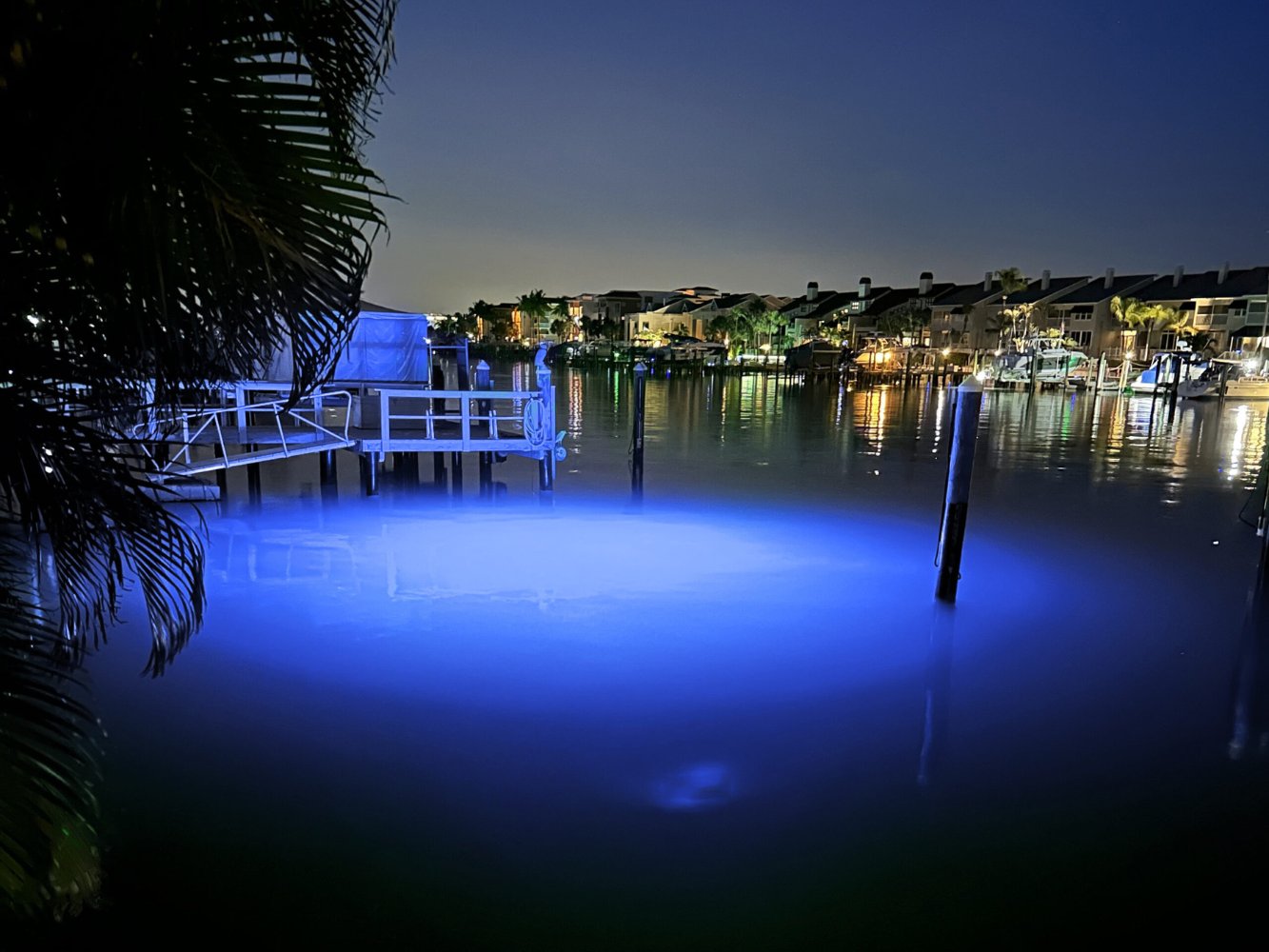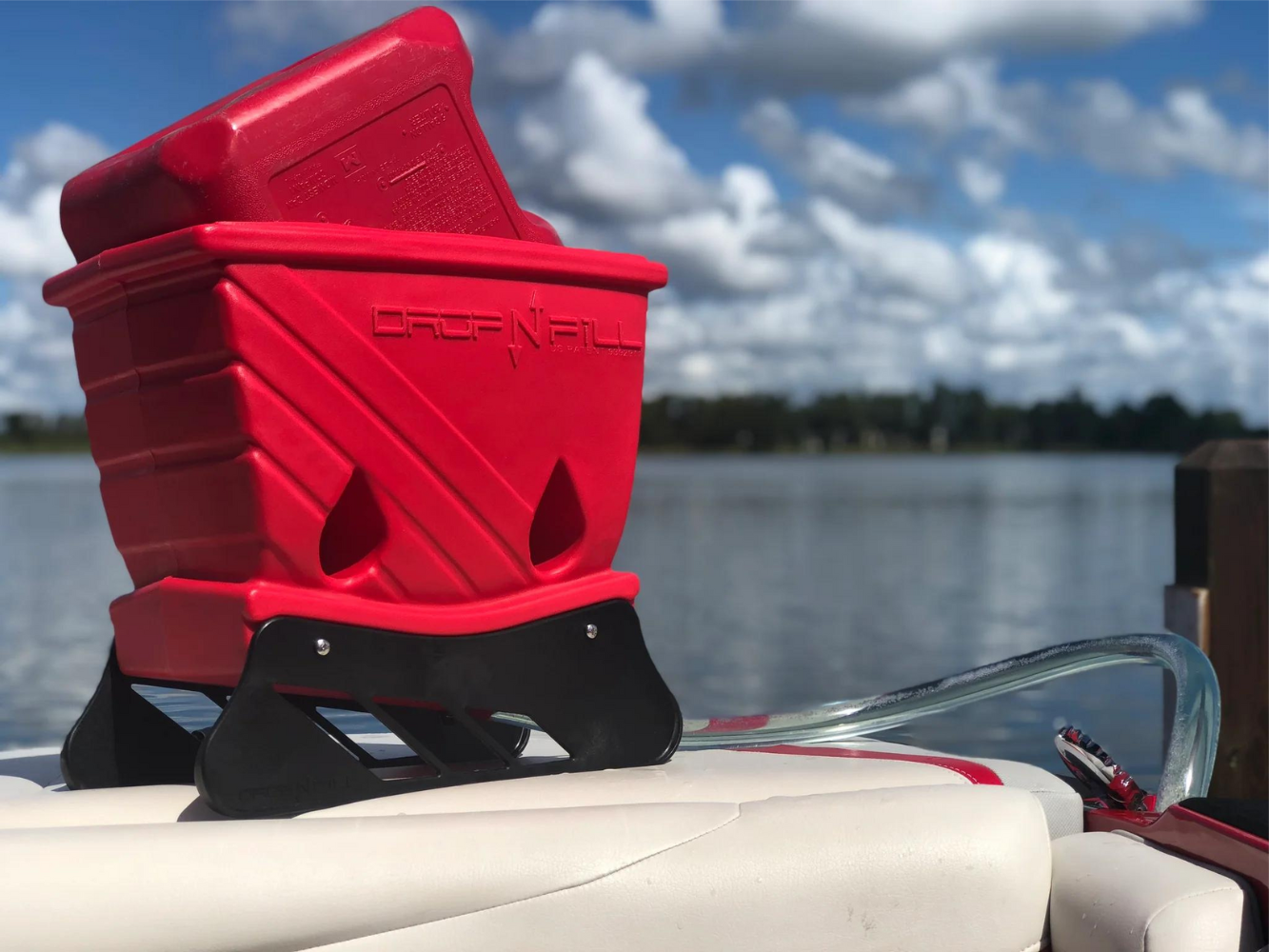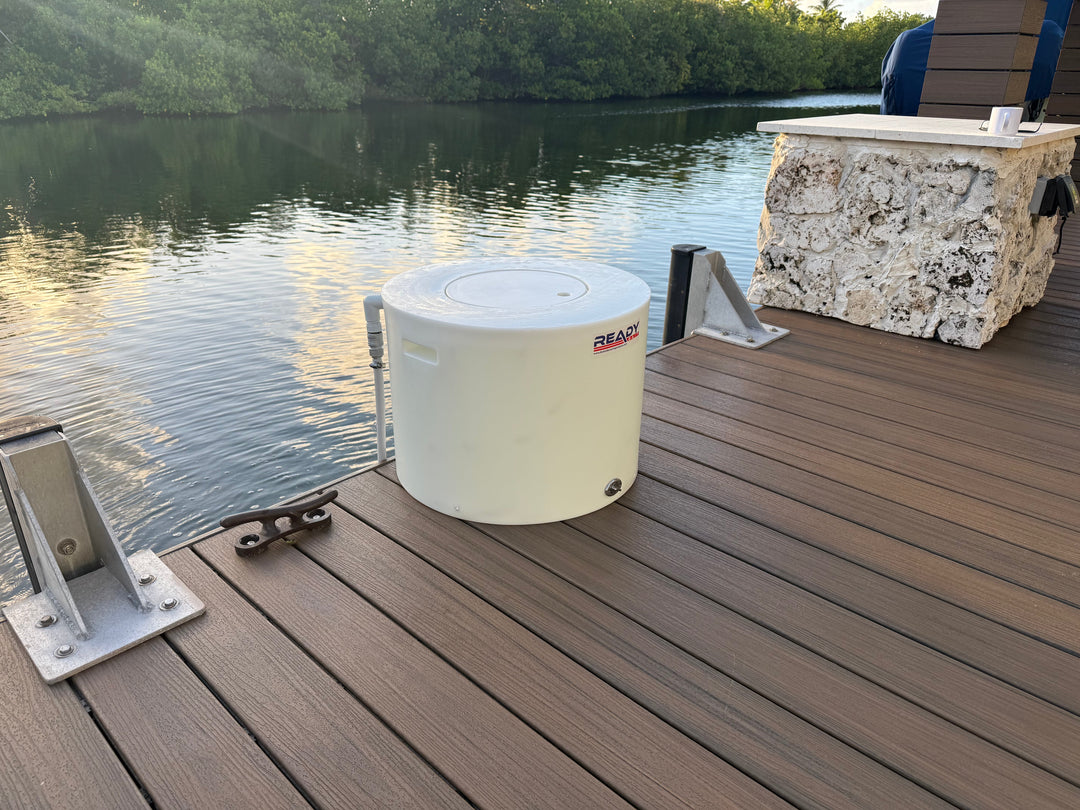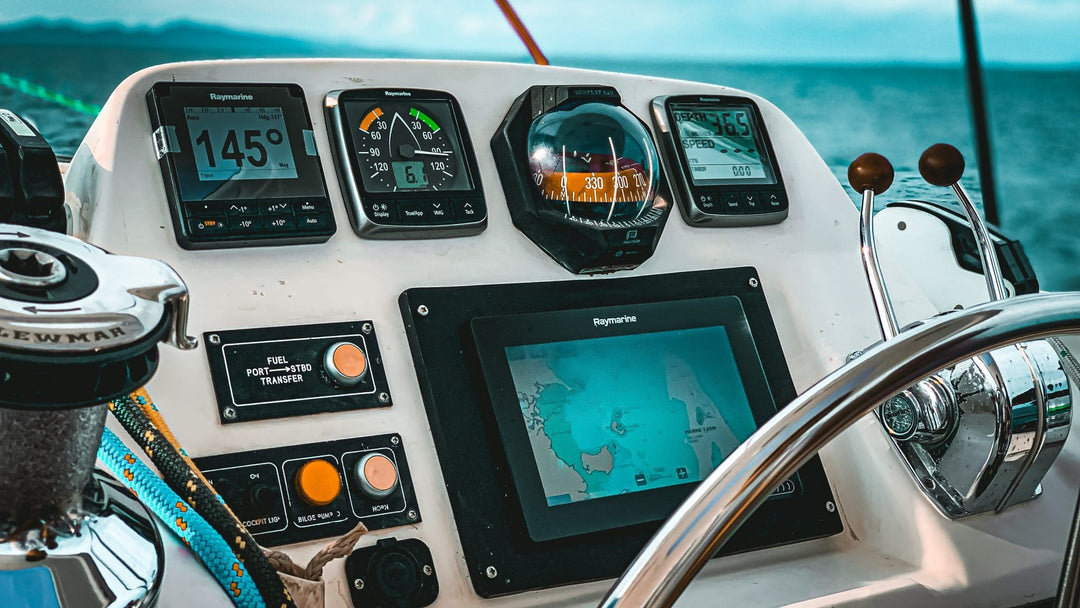Rigging Saltwater Live Bait for Inshore Fishing: A Comprehensive Guide
Live bait is often the key to success when inshore saltwater fishing. Properly rigged live bait can entice even the wariest fish to strike. This guide will cover the most effective ways to rig various types of live bait for inshore fishing, helping you increase your catch rate and enjoy more productive days on the water.
Common Live Baits for Inshore Fishing
Before diving into rigging techniques, let's review some popular live baits for inshore fishing:
- Shrimp
- Mullet (finger mullet and larger mullet)
- Pinfish
- Croakers
- Menhaden (pogies)
- Mud minnows
- Pilchards (whitebait)
- Crabs (blue crabs, fiddler crabs)
Each of these baits has its strengths and can be rigged in different ways depending on the target species and fishing conditions.
Essential Rigging Gear
To rig live bait effectively, you'll need:
- Hooks (circle hooks, J-hooks, treble hooks)
- Leader material (fluorocarbon or monofilament)
- Swivels
- Weights (split shots, egg sinkers, pyramid sinkers)
- Floats or popping corks
- Bait needle (for threading)
Rigging Techniques
- Basic Hook Through the Nose
This simple method works well for many baitfish and shrimp:
- Thread the hook through both nostrils of the bait fish, or through the horn of the shrimp.
- This allows the bait to swim naturally while keeping it secure on the hook.
- Best for: Mullet, pinfish, pilchards, shrimp
- Behind the Dorsal Fin
For a different presentation:
- Hook the bait just behind the dorsal fin, being careful not to hit the spine.
- This method allows for more natural movement and can prevent the bait from spinning.
- Best for: Larger baits like mullet, croakers, and menhaden
- Free-lining
For a natural presentation in areas with little current:
- Use a light leader and small hook.
- Hook the bait through the nose or behind the dorsal fin.
- Allow the bait to swim freely without additional weights.
- Best for: Pilchards, finger mullet, small pinfish
- Carolina Rig
Ideal for fishing on the bottom:
- Thread an egg sinker onto your main line, followed by a bead and swivel.
- Attach a leader (18-24 inches) to the swivel, with a hook at the end.
- Hook your bait through the nose or behind the dorsal fin.
- Best for: Larger baits like mullet, croakers, or large shrimp
- Popping Cork Rig
Great for attracting fish in shallow water:
- Attach a popping cork to your main line.
- Add a 2-3 foot leader below the cork, with a hook at the end.
- Hook your bait through the nose or horn.
- Best for: Shrimp, small baitfish
- Jighead Rigging
Combines the benefits of live bait with the action of a jig:
- Thread the bait onto a jighead, passing the hook through the mouth and out the top of the head.
- Works well in deeper water or areas with current.
- Best for: Shrimp, mud minnows, small baitfish
- Balloon Rig
For fishing live bait at specific depths:
- Attach a balloon to your line at the desired depth.
- Rig your bait as you would for free-lining.
- Allows you to cover more water and keep bait at a specific depth.
- Best for: Larger baits when targeting species like tarpon or snook
- Crab Rigging
For species that love crabs:
- For whole crabs, remove the claws and pass the hook through one of the swimmer fins on the back.
- For cut crabs, hook a chunk through the shell.
- Best for: Targeting sheepshead, black drum, or redfish
Tips for Successful Live Bait Rigging
- Match the hook size to your bait. Too large a hook will impede the bait's movement; too small may result in missed hooksets.
- Use circle hooks when possible. They're more likely to hook fish in the corner of the mouth, making release easier.
- Keep your bait lively. Use an aerator in your bait bucket and change water frequently.
- Adjust your rig based on conditions. Use heavier weights in strong currents or deeper water.
- Experiment with different rigging methods. Fish can be picky, and changing your presentation can often trigger strikes.
- Be gentle when rigging. Handle your bait carefully to keep it alive and active longer.
- Pay attention to local regulations. Some areas have restrictions on certain types of bait or rigging methods.
Conclusion
Mastering the art of rigging live bait can significantly improve your inshore fishing success. Each method has its place, and the best anglers know how to adapt their rigging to the conditions and target species. Remember, the goal is to present your bait in the most natural and enticing way possible. With practice and experience, you'll develop a feel for which rigs work best in different situations.
Don't be afraid to experiment with different rigging techniques, and always observe how fish are responding to your presentations. By fine-tuning your live bait rigging skills, you'll be well on your way to more productive and enjoyable inshore fishing adventures.


